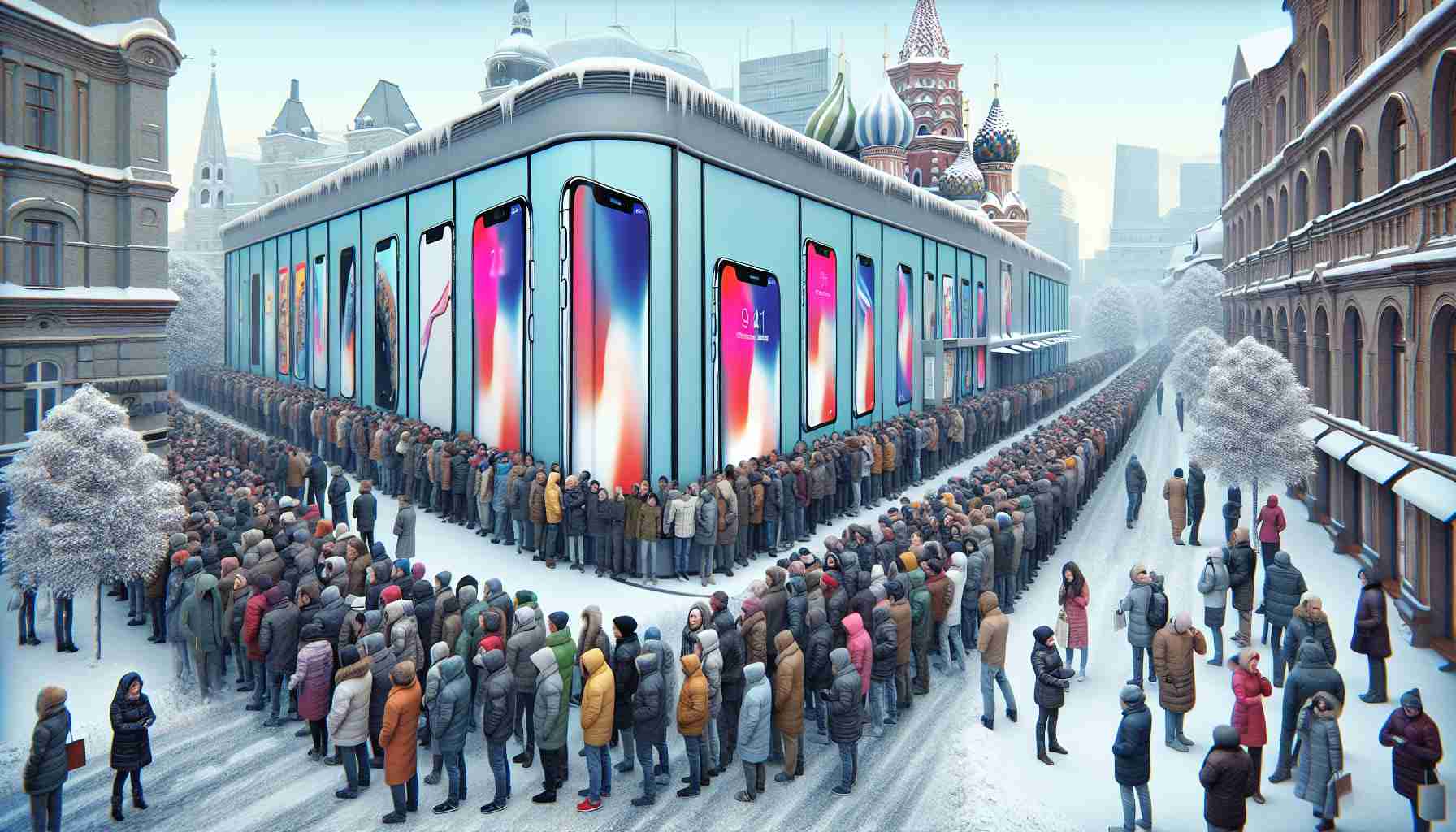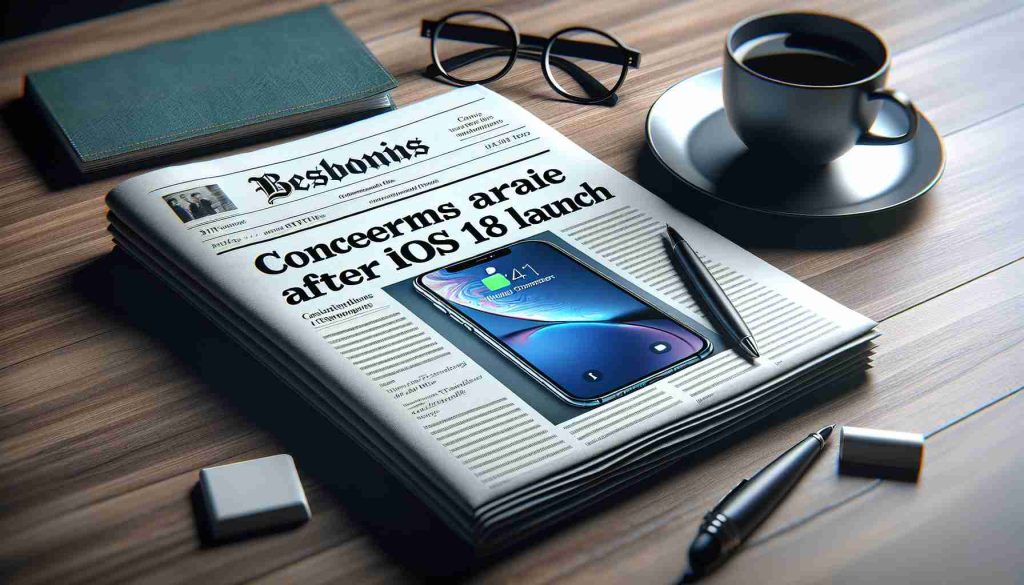Since halting its sales in Russia in March 2022, Apple has significantly affected the availability of its products in the region. The decision came alongside the introduction of various sanctions from Western countries aimed at constraining technology exports to Russia following the conflict between Russia and Ukraine.
Despite the restrictions, Russian consumers have found ways to acquire the latest iPhone models, particularly the recently launched iPhone 16 series. Some local retailers have circumvented the sales ban by accepting pre-orders, although this has resulted in prices soaring several hundred dollars above the standard retail rates.
On September 19, two major Russian retailers announced the arrival of the iPhone 16 in the market. One retailer indicated that deliveries would commence the following week, while another suggested that sales would also begin shortly thereafter.
As a result, Russian buyers are expected to pay significantly more for the new iPhone models compared to their American counterparts. Retail prices in Russia show a stark difference; for example, the iPhone 16 128GB is priced at 112,999 rubles (approximately $1,225), over $400 more than the U.S. price.
While some foreign brands have ceased exports to Russia, a variety of strategies have emerged to maintain access to these sought-after technological goods. Additionally, Russian state companies are attempting to produce local alternatives, such as the AYYA T1 smartphone, designed to cater to national security concerns.
The Continuing Demand for iPhones in Russia Amid Sanctions: Insights and Implications
The landscape of the tech market in Russia has experienced drastic changes since the onset of sanctions, particularly those targeting multinational companies like Apple. In this context, despite the challenges and high costs associated with obtaining the latest iPhone models, consumer demand remains resilient. This article explores the current dynamics surrounding the iPhone’s popularity in Russia, addressing key questions, challenges, and implications for the market.
Key Questions and Answers:
1. Why is there still a strong demand for iPhones in Russia?
The iPhone is perceived not just as a smartphone but as a status symbol. Despite economic hardships, many Russians view possessing the latest iPhone as a marker of social status and a reflection of personal taste. This cultural phenomenon drives demand, even amid rising prices.
2. What are the main challenges facing consumers and retailers in acquiring iPhones?
The primary challenges include inflated pricing due to limited supply and the necessity of obtaining products through unofficial channels. Consumers often face long wait times, lack of warranty support, and concerns regarding product authenticity. Retailers also grapple with legal ambiguities regarding importing goods and facing potential repercussions from continued sales.
3. How are local retailers adapting to the sanctions?
Retailers have adopted various strategies, including sourcing devices from third-party vendors abroad or via parallel imports, which allows them to bypass direct sales restrictions. Some have also begun to offer refurbished models as alternatives, catering to budget-conscious consumers.
4. What are the implications for local tech development?
The ongoing sanctions and Apple’s exit from the market have spurred Russian companies to innovate locally. Beyond the AYYA T1 smartphone, investment in domestic alternatives is increasing, which may foster a new wave of homegrown technology solutions albeit at a slower pace compared to global competitors.
Advantages and Disadvantages of the Current Situation:
Advantages:
– Consumers still have access to popular and high-quality smartphones like the iPhone, albeit at higher prices.
– Increased focus on local technology development may gradually enhance Russia’s tech ecosystem and reduce reliance on foreign brands.
– The high costs of iPhones may lead to a more discerning consumer base, fostering an appreciation for quality over quantity.
Disadvantages:
– Price inflation results in decreased affordability for a significant portion of the population, alienating middle- and lower-income consumers.
– The lack of official support and warranties for purchased devices can lead to dissatisfaction and mistrust among consumers.
– The reliance on unofficial channels for procurement can exacerbate legal risks for retailers and diminish overall market stability.
Conclusion:
The demand for iPhones in Russia continues to persist despite substantial challenges posed by international sanctions. As local retailers find creative ways to cater to this demand, the broader implications for the Russian tech market, along with the challenges faced by consumers, remain significant. The future may see an accelerated push towards local technology alternatives, as the desire for reliable tech products endures even in turbulent times.
For more information about the technology landscape in Russia, visit MIT Technology Review or The Verge.























